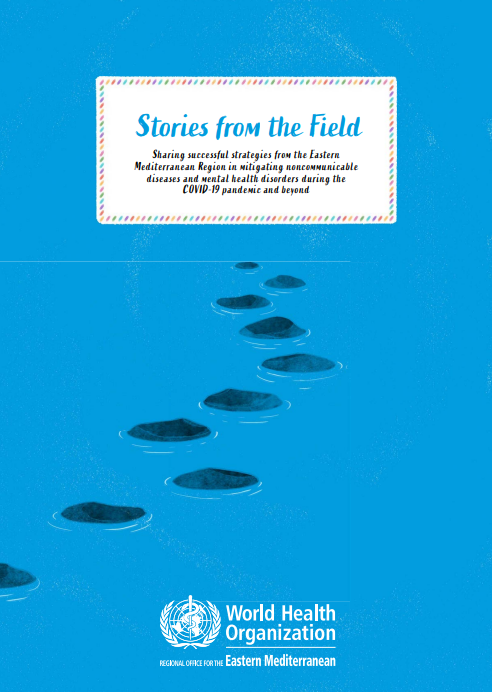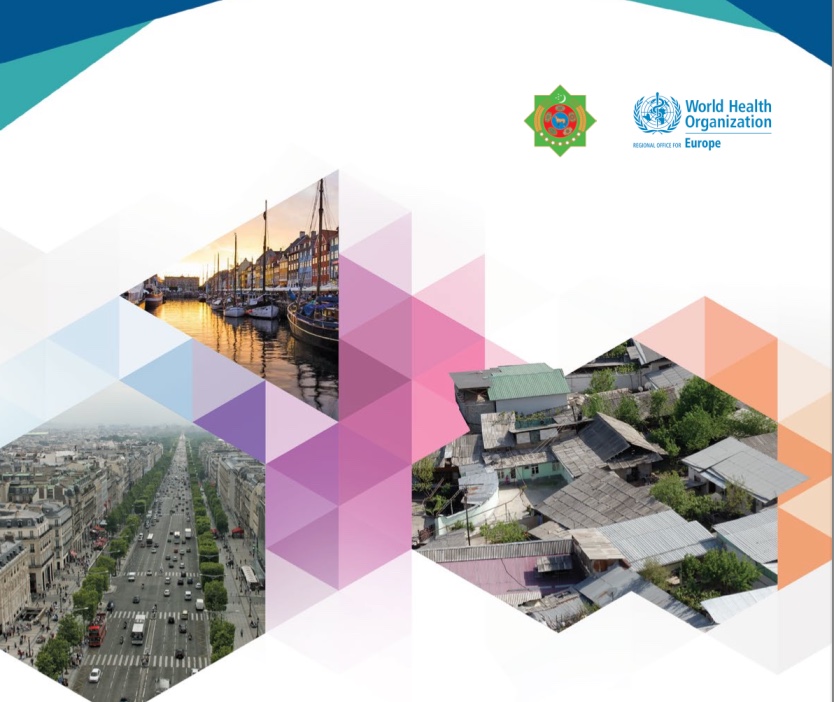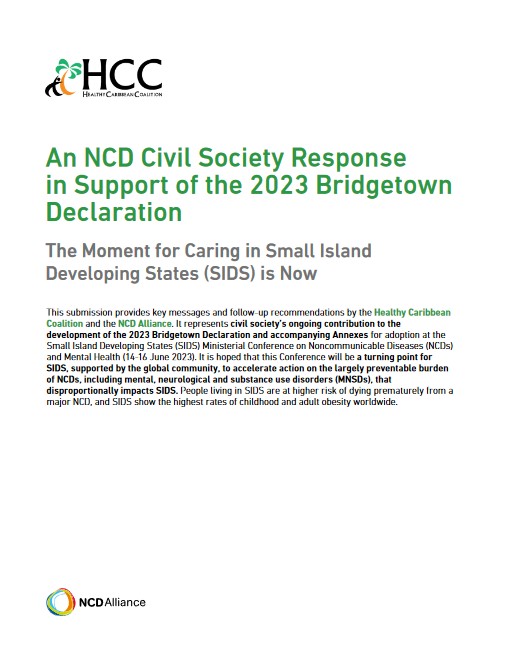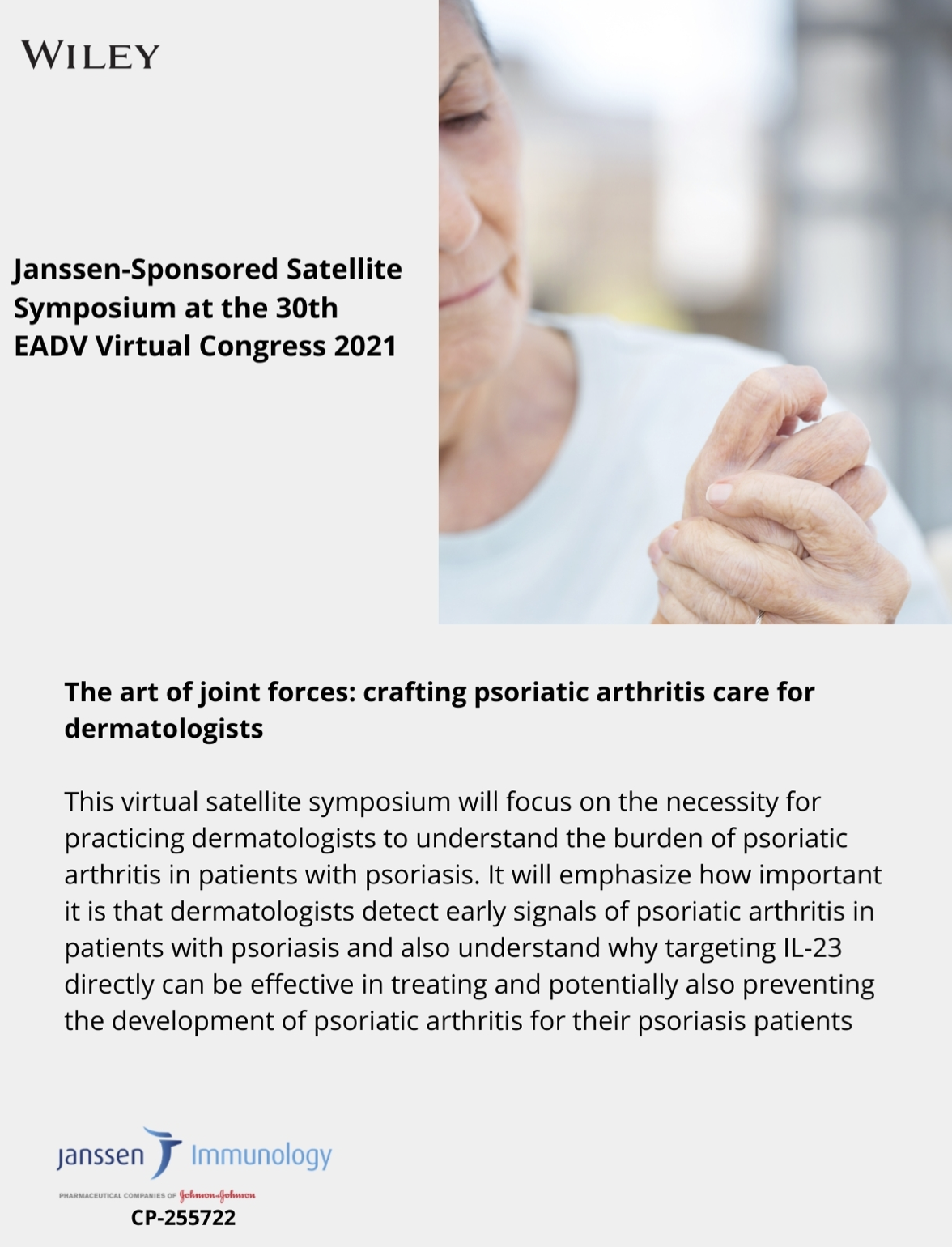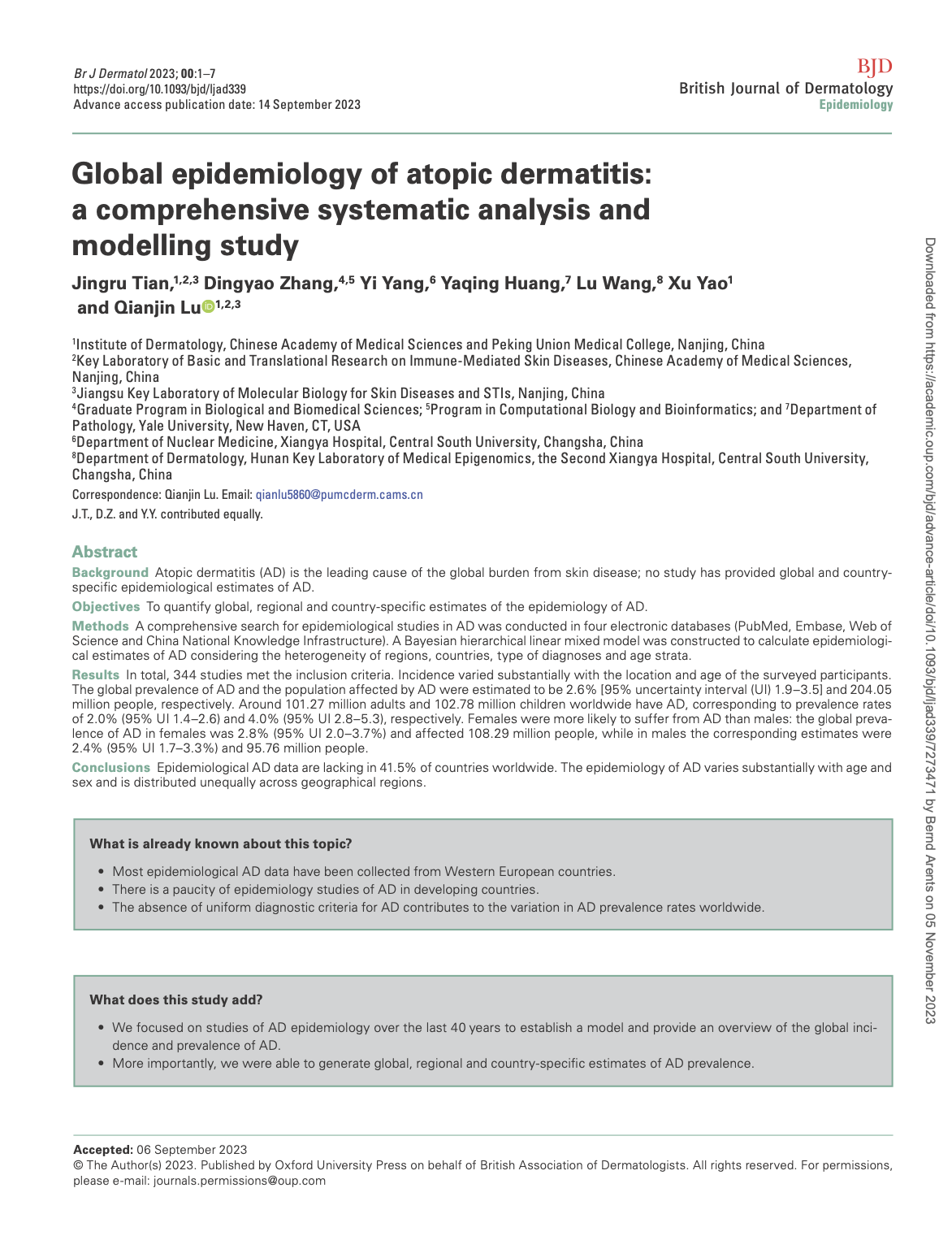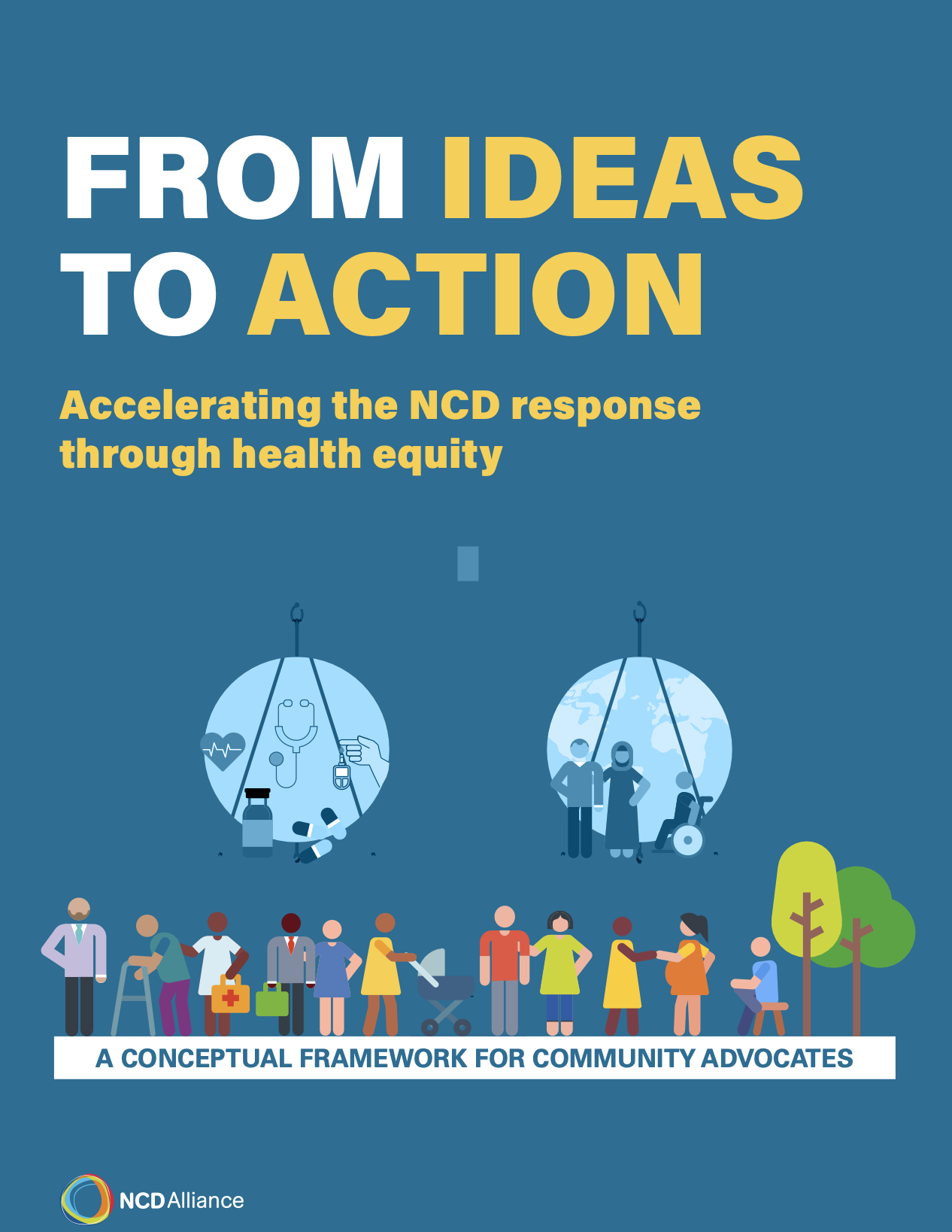In preparation for the WHO European high-level conference on noncommunicable diseases: time to deliver – meeting NCD targets to achieve Sustainable Development Goals in Europe: 9–10 April 2019, Ashgabat, Turkmenistan.
Air pollution is the second leading cause of deaths from noncommunicable diseases (NCDs), after tobacco-smoking. In 2018, the third United Nations high-level meeting on NCDs recognized household and outdoor air pollution as a risk factor for NCDs, alongside unhealthy diets, tobacco-smoking, harmful use of alcohol and physical inactivity.
More than 550 000 deaths in the WHO European Region in 2016 were attributable to the joint effects of household and ambient air pollution.
The main NCDs associated with air pollution include ischaemic heart disease, stroke, chronic obstructive pulmonary disease and lung cancer. Substantial epidemiological evidence links air pollution with diverse health outcomes, with extensive research conducted to advance understanding of the underlying mechanistic pathways.Among the complex mixture of air pollutants, particulate matter is of prime public health concern.
Interventions to reduce exposure to air pollution and improve air quality have huge potential in protecting health and contributing to reducing the burden of NCDs. Creating healthier environments for reducing NCDs can result in multiple co-benefits for health, climate change and the environment.


